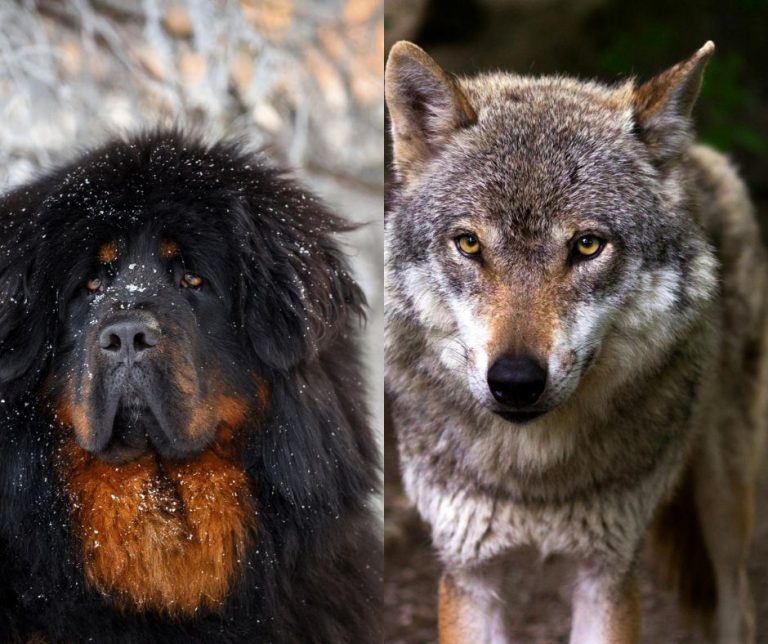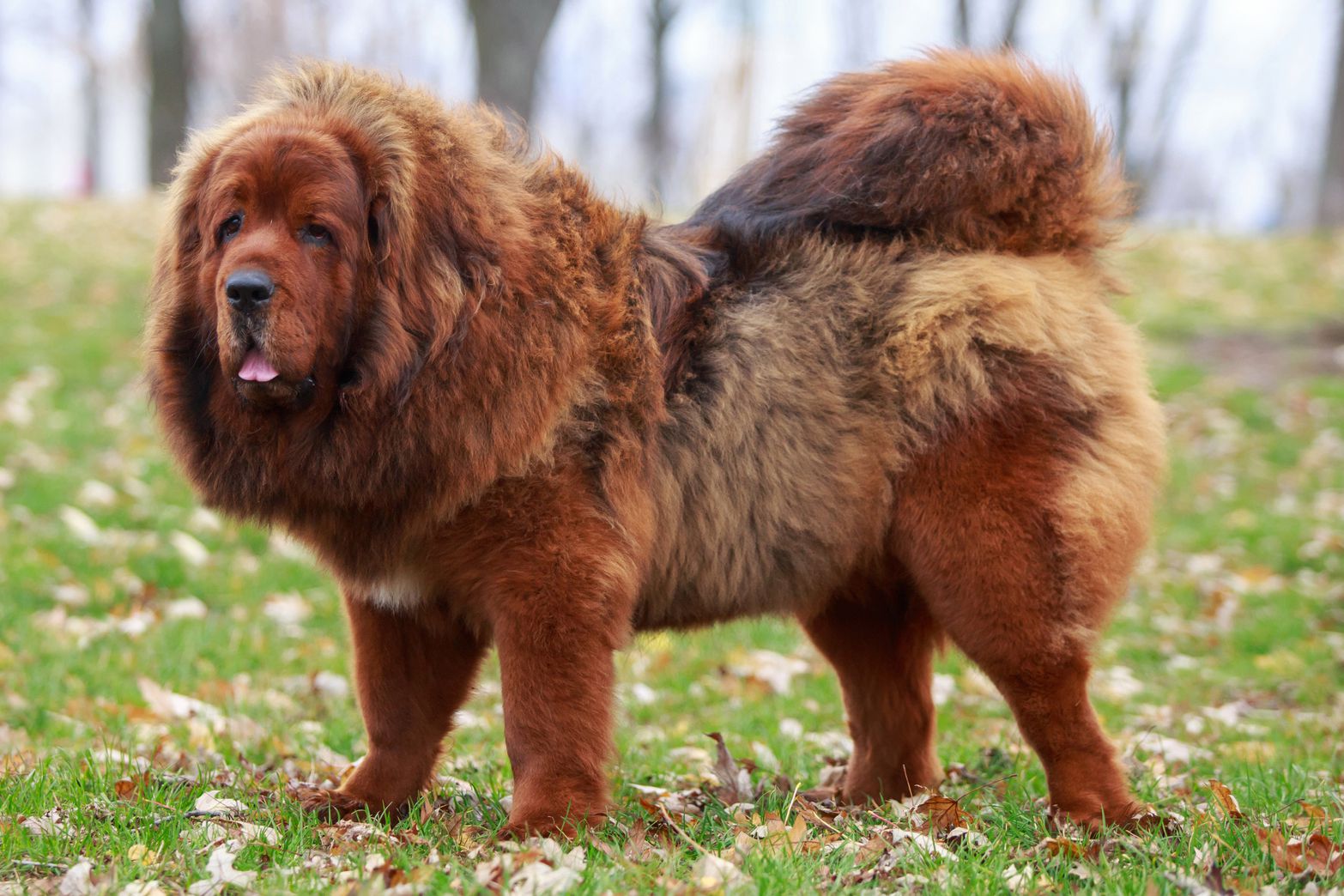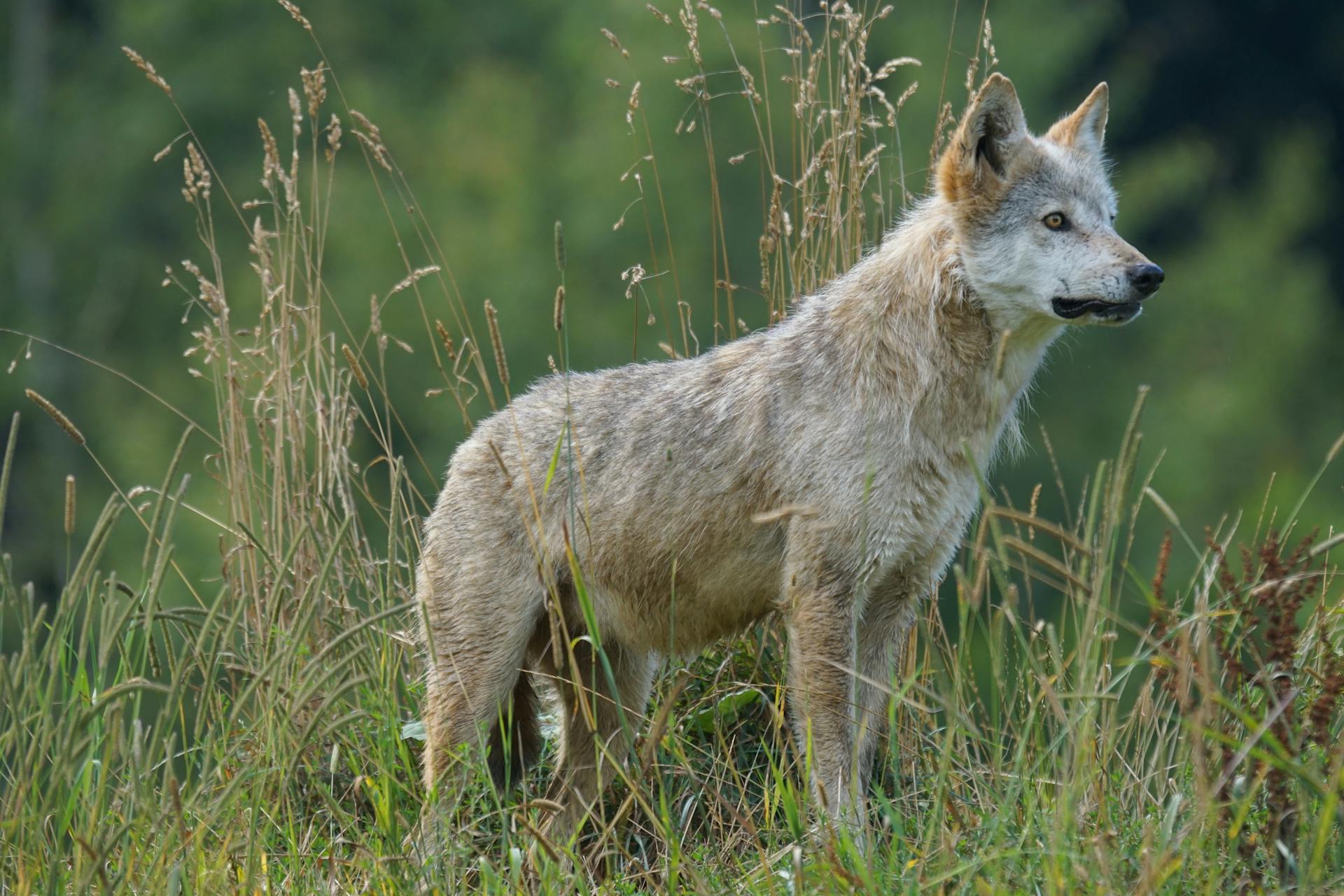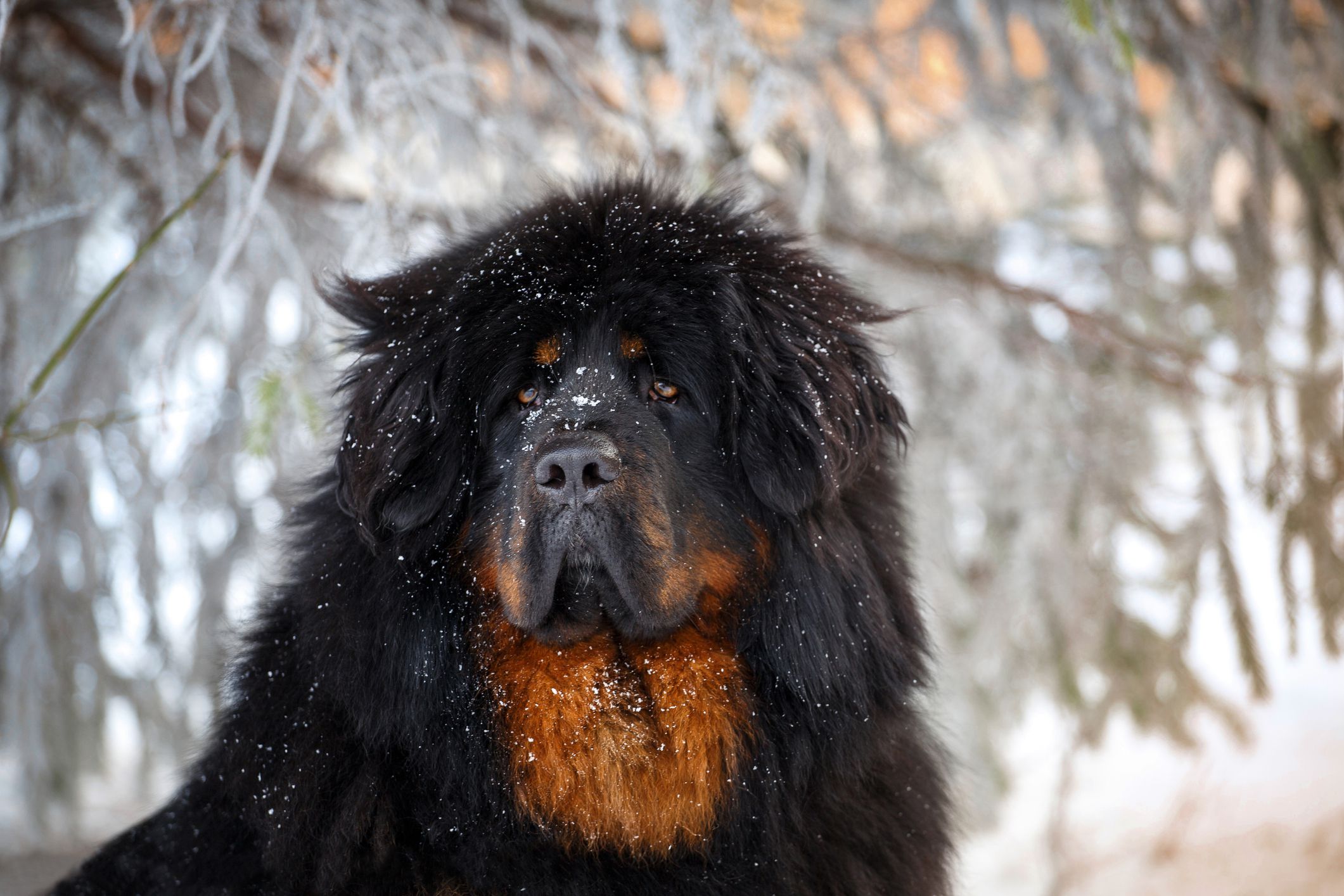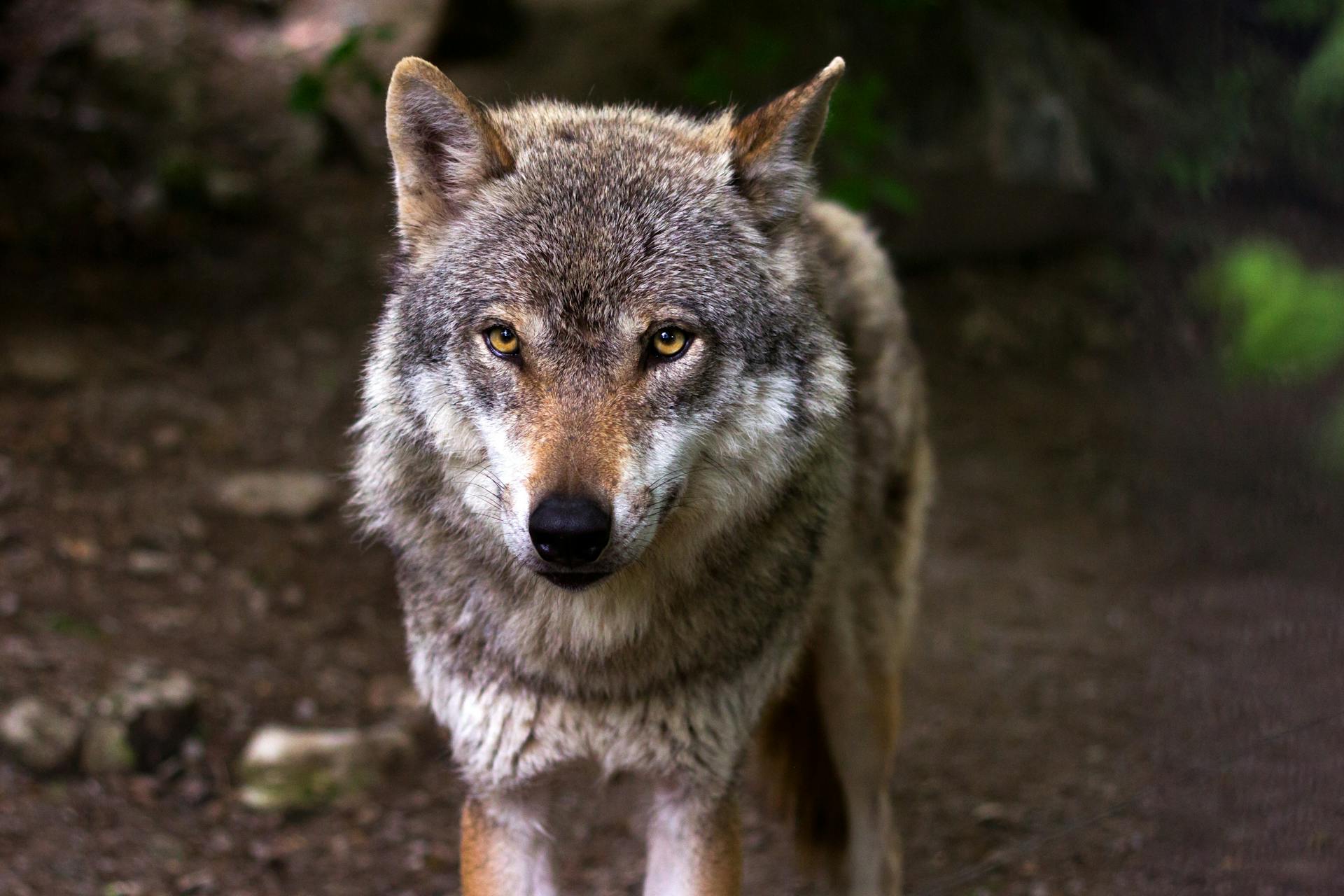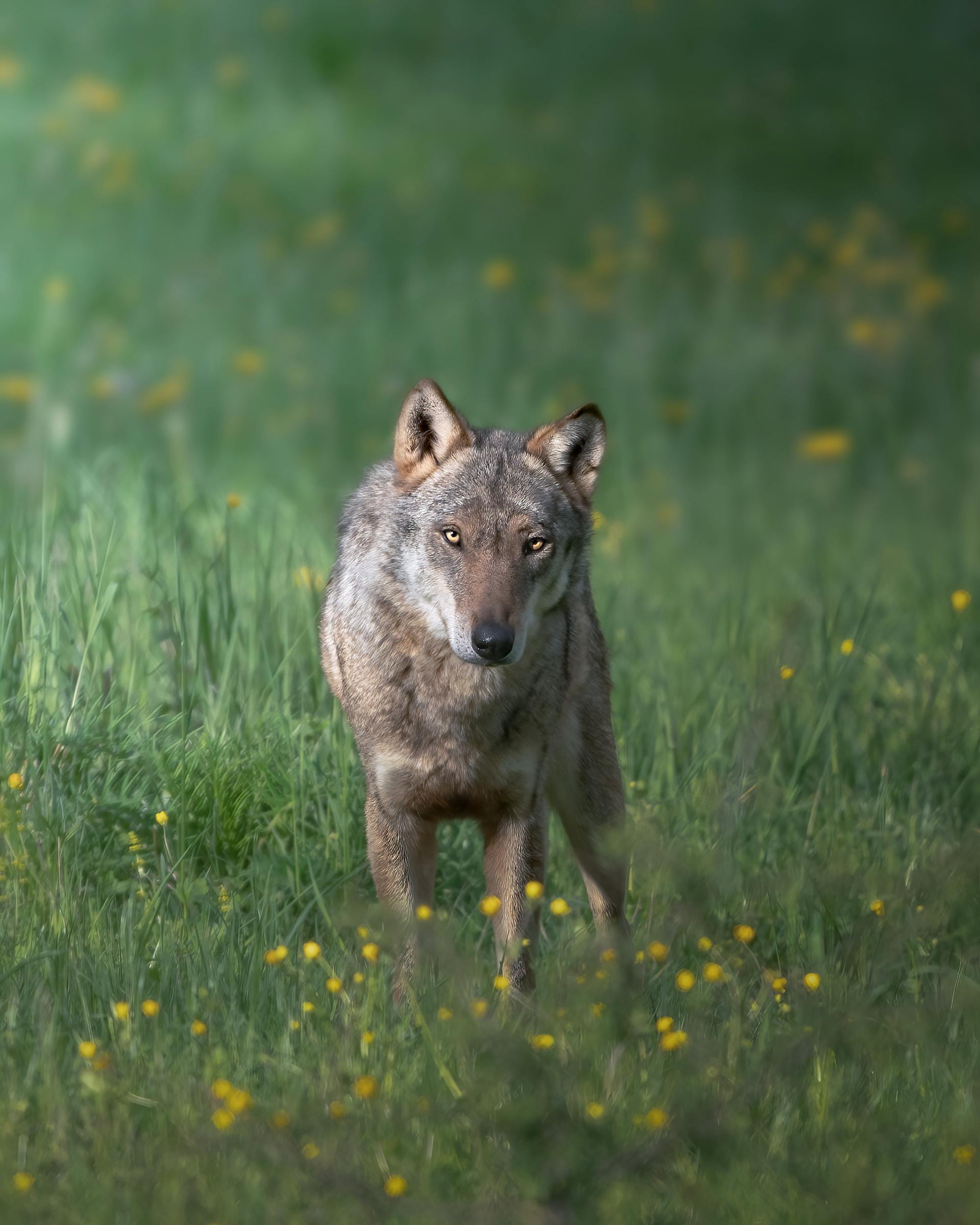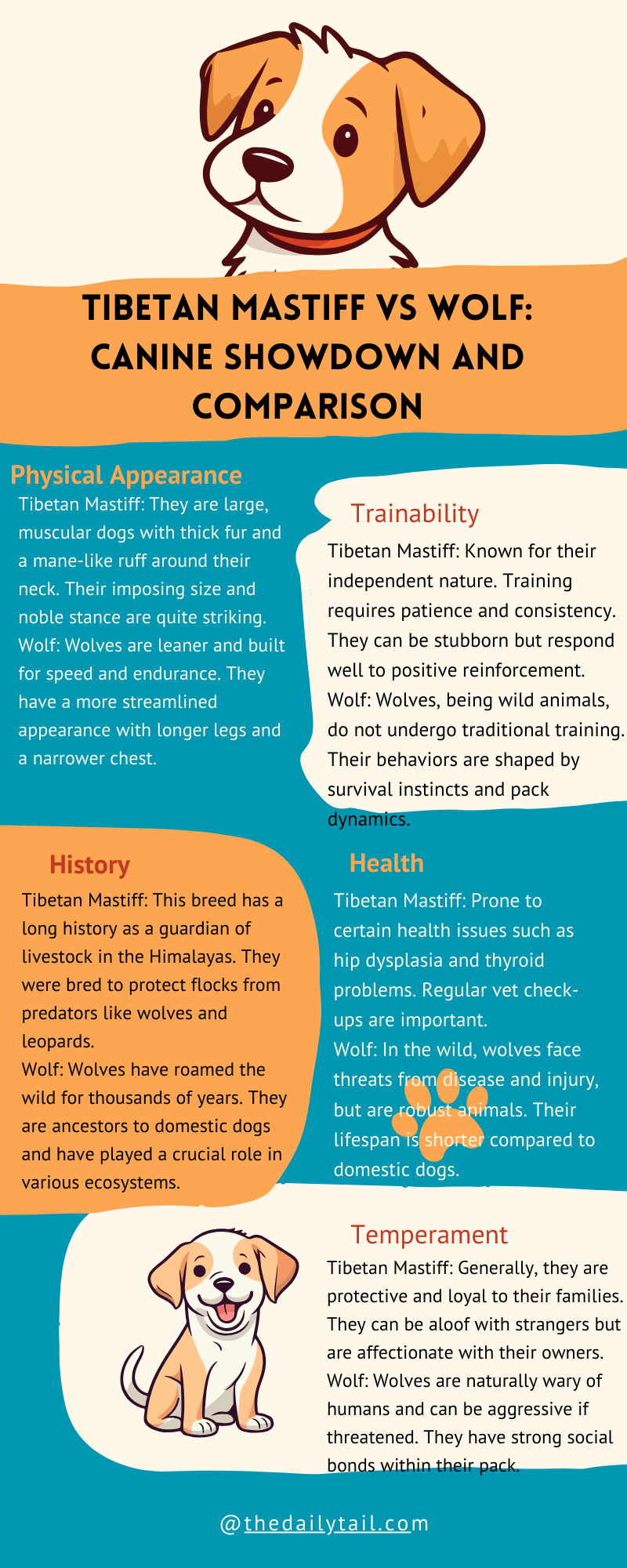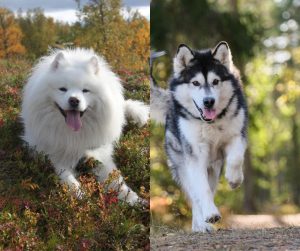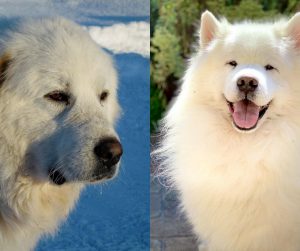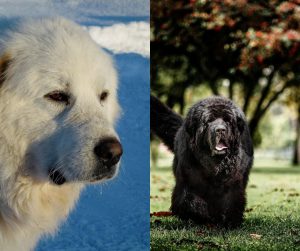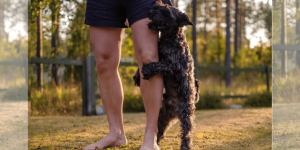When you think about size and strength, it’s hard not to be intrigued by the idea of a Tibetan Mastiff going up against a wolf. These animals are both impressive in their own ways, each representing a unique branch of the canine family.
Nowadays, a lot of people naturally ask which dogs can kill wolves. And which dogs can protect you from a wolf? I have to say, that of all the dog breeds, I can think of only one that was naturally bred to kill wolves. That is the Irish Wolfhound. The name says it all.
Yet, there are many more protectors in the canine world that are capable of taking down a wolf. The Tibetan Mastiff dog breed is famously known as the most expensive dog in the world.
Bred to be a loyal guardian, these companions live high in the Tibetan mountains. Yes, sometimes, people get them as pets as well. But not everyone can afford a Tibetan Mastiff.
Now let’s take a look at the comparison between Tibetan Mastiff vs wolf. What are the chances of this canine taking down a wolf?
Key Takeaways
- The Tibetan Mastiff and the wolf are both powerful canines with a wild heritage.
- While the Tibetan Mastiff thrives alongside humans, wolves are emblematic of the untamed natural world.
- Physical attributes and social behaviors of these animals reflect their roles as domesticated guardians and wild predators, respectively.
Tibetan Mastiff: A Gentle Giant
The Tibetan Mastiff combines a rich history, distinct physical attributes, and a calm demeanor, making it a unique example of domestic dogs. When you meet one, you’ll notice right away that they’re pretty big and have a coat that could keep anyone cozy. Yet, behind their imposing physique, there’s a friendly spirit waiting to be your loyal protector.
Origin and History
Tibetan Mastiffs are one of the oldest dog breeds, hailing from the rugged regions of Tibet. They have been around for centuries, guarding livestock and property. This breed’s history is intertwined with nomadic cultures, where they were revered by villagers and monks alike for their loyalty and protective instincts.
Physical Characteristics
Tibetan Mastiffs have a powerful and sturdy build that commands attention. Adult males can weigh between 90 and 150 pounds, while females might be between 70 and 120 pounds. They sport an impressive double coat, with a heavy, woolly underlayer and a longer, thicker topcoat. Their size and coat are perfect for the cold climates they originated from.
Temperament and Behavior
Despite their size, Tibetan Mastiffs are known for their gentle nature. They’re calm and loving within their family circle, showing strong loyalty. Their protective instincts are also notable; they take their job of guarding their home and loved ones very seriously. Early and consistent training is important, as it helps to shape their behavior and ensures they’re well-mannered companions.
Understanding Wolves: Wild and Free
When we think about wolves, we tend to think of a creature designed by nature to survive the challenges of the wild. These animals are renowned for their tight-knit family circles and their innate ability to thrive in various environments, be it dense forests or snowy mountaintops.
Species Overview
Wolves, they’re not just another wild animal, they are an entire experience in the wild. Canis lupus is their fancy name, but we’ll just call them wolves. They’re top dogs in the food chain – no pun intended! Found in different places all over the world, these four-legged critters have a love for the great outdoors. They don’t just survive; they rule in areas many other species wouldn’t dare call home, including high altitudes where the air is thin and the living is tough.
Social Structure and Pack Life
Picture a family dinner, but instead of humans, it’s wolves – that’s a pack for you. Wolves believe in family values, and boy, do they stick together. Packs are usually a close-knit group led by an alpha pair, the mom and dad of the group. Together, they take care of their young, hunt for food, and teach the little ones the ropes. The social ladder in a wolf pack matters because everyone has a role, and well, it’s all about working together to thrive.
- Leader: Alpha male and female
- Hunters: Adult wolves
- Pups: Future hunters in training
- Elders: Experienced and respected
Wolf Adaptations to the Wild
Ever wonder how wolves are so good at what they do? Well, they’ve got a few neat tricks up their fur. Adaptations, you could call them survival skills, are what let wolves call the wild their home sweet home. They have powerful legs to run long distances when hunting their favorite snacks, and those pearly whites aren’t just for show – they’re crucial for taking down prey. Their senses are no joke either: sharp hearing, keen eyesight, and a nose that could find a needle in a haystack, or in this case, dinner in a vast forest.
Comparing Sizes and Strengths
When you’re trying to figure out how Tibetan mastiffs stack up against wolves, it’s interesting to look at how big and strong these creatures really are. Of course, we first have to look at the physical appearance comparison between Tibetan Mastiff vs wolf. People often wonder who’d come out on top in a match of raw power.
Height and Weight Differences
Tibetan Mastiff:
- Height: 24 to 26 inches
- Weight: 70 to 150 pounds for females, 90 to 150 pounds for males
Wolf:
- Height: 24 to 36 inches depending on the subspecies
- Weight: 50 to 180 pounds, with most wolves weighing between 65 to 110 pounds
It’s clear that these animals vary a lot in size. The Tibetan mastiff is one hefty dog, and they can get quite heavy, especially the boys. Wolves are more of a mixed bag with some pretty big variations in size. Nowadays, the closest looking dog to wolves is the Siberian Husky.
Bite Force Showdown
Let’s talk about bite force, the measure of the strength of an animal’s chomp. When they bite down, Tibetan mastiffs have a bite force that can be heavy—it’s enough to fend off threats and protect their turf. On the side, wolves pack a serious punch with their bite, which is essential for hunting and survival in the wild. They’ve got a bite force that’s strong and powerful.
In terms of muscular build, both the Tibetan mastiff and the wolf boast a strong frame. Those muscles aren’t just for show; they back up their bite with some serious body strength. These creatures are no pushovers, and their physical capabilities reflect the rough and tumble lives they lead.
Coat and Colors: Beauty in Diversity
When it comes to the diversity of their coats, both the Tibetan Mastiff and the wolf boast a variety of colors and fur types, each adapted for their environment.
Fur Types and Insulation
The Tibetan Mastiff sports a thick double coat fit for the cold, mountainous climate it hails from. This coat is like a built-in blanket keeping them warm. It’s got a softer undercoat for great insulation and a tougher topcoat to brush off dirt and moisture. In contrast, the wolf carries a similar dual-layer coat, which is crucial for survival in the wild, from deep forests to arctic conditions. Their fur keeps them well insulated, whether it’s against snow or rain.
Shades of Nature: Color Variations
Now, if you’re keen on colors, Tibetan Mastiffs are like a painter’s palette. They range from black, brown, gold, and even blueish-gray. On the flip side, wolves typically wear coats that blend with the wilderness. They’re usually found in shades of gray, white, brown, and sometimes black. Each one’s colors help them live in their homes, either high in the mountains for the mastiffs or blending in with the woods and snow for wolves.
Lifestyle and Habits
When we look at how Tibetan Mastiffs and wolves live their daily lives, two things stand out: what they eat and where they call home.
Diet: Carnivore vs. Omnivore
Tibetan Mastiffs are quite flexible in their diet. Though they can be classified as carnivores, these big dogs don’t mind a bit of variety and can enjoy both meat and some plant-based snacks. It’s like they know a good balance can keep them healthy. They often get a mix of commercial dog food balanced with occasional treats and leftovers.
Wolves, on the other hand, are the real deal when it comes to being carnivores. Their diet is meat, meat, and more meat, catching whatever they can in the wild – usually large ungulates (think deer and elk). They’ve got hunting down to an art form and work together in packs to make sure the dinner bell rings.
Home Range and Territory
Home sweet home for a Tibetan Mastiff can vary. They’re often found with people, in cozy backyards, farms, or keeping watch over their flock if they’re on guard duty. Fenced-in areas are their usual hangouts, which suits their protective nature just fine.
Wolves need room to roam, and boy, do they roam! We’re talking about territories that can span over 1,000 square kilometers, depending on factors like food availability, the number of pack members, and the type of habitat they’re in. They’re all about keeping their territory in check and will travel extensively to hunt and patrol their area.
Relationship with Humans
When it comes to our furry friends and their wild cousins, both play unique roles in how they interact with people. Tibetan Mastiffs have earned their reputation as protectors, standing as loyal guardians for their human families. Wolves, by nature, keep their distance, living free and untamed.
Guard Dogs vs. Wild Predators
Tibetan Mastiffs are big, fluffy, and might look a bit intimidating, but they’re really some of the best guard dogs around. People have trusted them for centuries to keep an eye on their homes and keep troublemakers at bay. They’re super protective and take their job seriously, making sure their humans and the place they call home are safe.
On the flip side, wolves aren’t looking to buddy up with humans. They’re wild animals, doing their own thing out in nature. It’s not that they’re out to get us, but they are all about living free and wild, with no interest in playing the role of protector for people. Wolves are survivors, and their connection with humans is way different—more like a respectful distance rather than the close bond that Tibetan Mastiffs share with their families.
Genetic Heritage
Sure, they may seem similar at first glance, but their genes tell a whole different story.
Wolves and Tibetan Mastiffs split ways on the family tree a long time ago, with dogs cozying up to humans and wolves staying wild.
You won’t catch a wolf fetching a stick, and that’s all down to their different backgrounds.
Let’s lay it out:
- Wolves: Wild, purebred hunters
- Tibetan Mastiffs: Domestic dogs with centuries of being man’s best friend
Instincts and Intellect
Instincts are like invisible guides, telling animals how to act without them needing to think about it.
Now, because of their different lives, wolves and Tibetan Mastiffs have instincts as different as night and day.
Here’s the scoop:
- Tibetan Mastiffs: Protective instincts, they’ll guard their human family or flock without a second thought
- Wolves: Sharp survival instincts, they’re wired to hunt and live in tight-knit packs
Behavior’s where you see those instincts shine.
Tibetan Mastiffs are all about loyalty and standing their ground.
Wolves? They live life on the edge, always ready for the next chase.
The smarts? Both clever in their own turf.
But while a mastiff thinks about keeping you safe, a wolf’s plotting the next meal.

